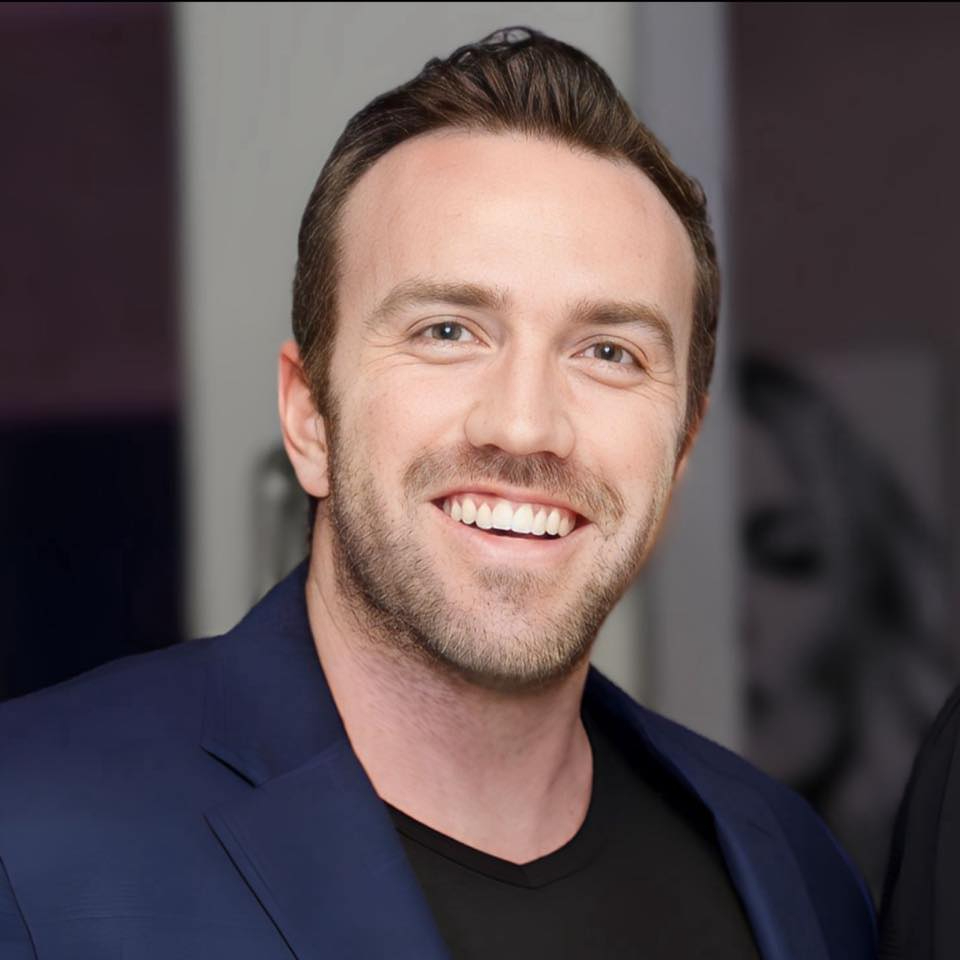256 reads
The Red Queen Effect: Stop Running Faster, Start Thinking Smarter
by
November 22nd, 2023
Audio Presented by

Host of The Success Story Podcast. I write a newsletter to 321,000 people. newsletter.scottdclary.com
Story's Credibility

About Author
Host of The Success Story Podcast. I write a newsletter to 321,000 people. newsletter.scottdclary.com